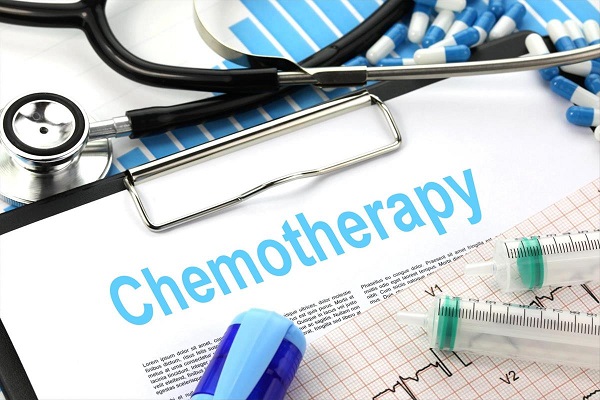Words: Dr Loredana ORTIZ
I was having a chat with a close friend, the other day. We were discussing cancer. She asked me what I would do if I had cancer and how I would go about with its treatment. The following is what occurred to me, I hope it proves helpful in educating and getting the word out that mainstream chemotherapy and radiation are not the only options.
I would look into two specific paths to help restore proper balance. First, I would take restrained cytotoxic therapy for reduction of tumour burden. What this means is that you remove the tumour without having to harm the host — in other words, the patient.
Bolster Your Defences
I would also undertake aggressive naturopathic [cell restorative] therapies for re-regulation of the body and reinforce host defence mechanisms. One must certainly look into changing conditions that brought the cancer on in the first place and deal with the underlying issues, For example, diet, drugs and nicotine usage.
This is called naturopathic treatment, or removing the underlying cause of the illness first, so as to prevent it from returning, or recurring.
You’d do well to know that restrained medical therapies against cancer are sometimes a better choice than traditional chemotherapy, radiation, or surgery, since they are often less harmful to the patient. Many cancer patients are subjected to sub-lethal [maximum] therapies which initially help shrink tumours. In the long run, the quality and quantity of life is diminished greatly for the patient. This happens because our immune function becomes less effective. This sometimes leads to permanent heart and kidney damage, in addition to the tumour becoming drug-resistant, or virtually ‘bullet-proof.’
Traditional cancer treatments, such as chemotherapy use chemicals. Chemotherapy is given to the patient to help ‘kill’ the tumour. Think about it. If you had an ant infestation in your garage, would you just bomb the whole shed? This is what happens when chemotherapy is applied without knowing the amount needed.
NB: If you are a patient, one should request for medical information — about taking a ‘biopsed’ piece of the tumour and seeing what is the correct amount of chemotherapy required to remove the cancer. You must also ask your doctor for actual details, since this is not a standard procedure and maybe expensive.
Underlying Causes
To exemplify, in précis, here are some of the possible underlying conditions that could lead to cancer:
- Nutritional imbalances; not getting the proper nutrition
- Toxic system; the body stops ridding itself of toxins; it, thus, builds up in the body
- Dysbiosis, Bacterial imbalances in the system
- Hormones, hormonal imbalances [for example, elevated levels of the female hormone, oestrogen, have been linked to breast cancer; these cancers are known as ‘hormonal cancers’]
- Hyperglycaemia, excess glucose in the blood plasma
- Infections, similar to dysbiosis
- Stress; effects of the mind often manifest in the body.
The next level of cancer treatment is restrained tumour debulking. This may, or may not, include chemotherapy and radiation therapies.
Let’s now look at an abbreviated list of some possible treatments:
- Apheresis: blood is literally ‘cleaned’ as offensive component
- Chemotherapy: chemicals given to patient
- Radiation: direct radiation applied to tumour.
- Surgery: removal of tumour
- Burzynski: named after the famed Polish scientist, S R Burzynski, MD, PhD. It uses peptides and metabolites as cancer cures. The treatment is controversial. It is not approved by FDA [US]
- Herbals, various herbs being given to the patient. Essiac is today a particularly ‘popular’ method, although it is not scientifically proven. Essiac was first used by a Canadian cancer patient, who overcame the dreaded disease. In the treatment, a specific number of herbs are combined and given.
So, as you can see, there are different methods of treatment, but ultimately it is integrative medical knowledge that gives us the power to gain fresh insight and learn how to help each other and ourselves on the path of cancer treatment.
The bottom line: cancer should never be thought of as one wobbly road to death.

